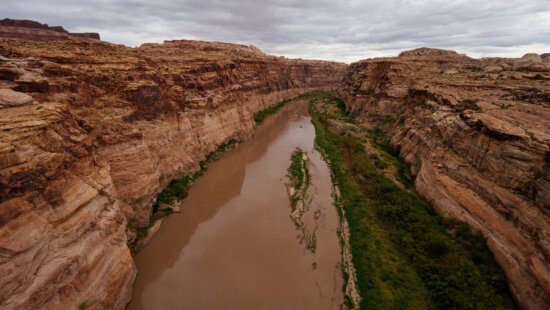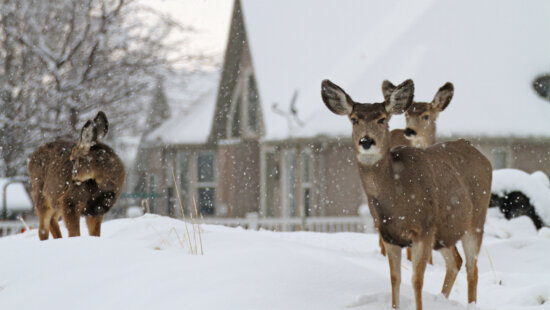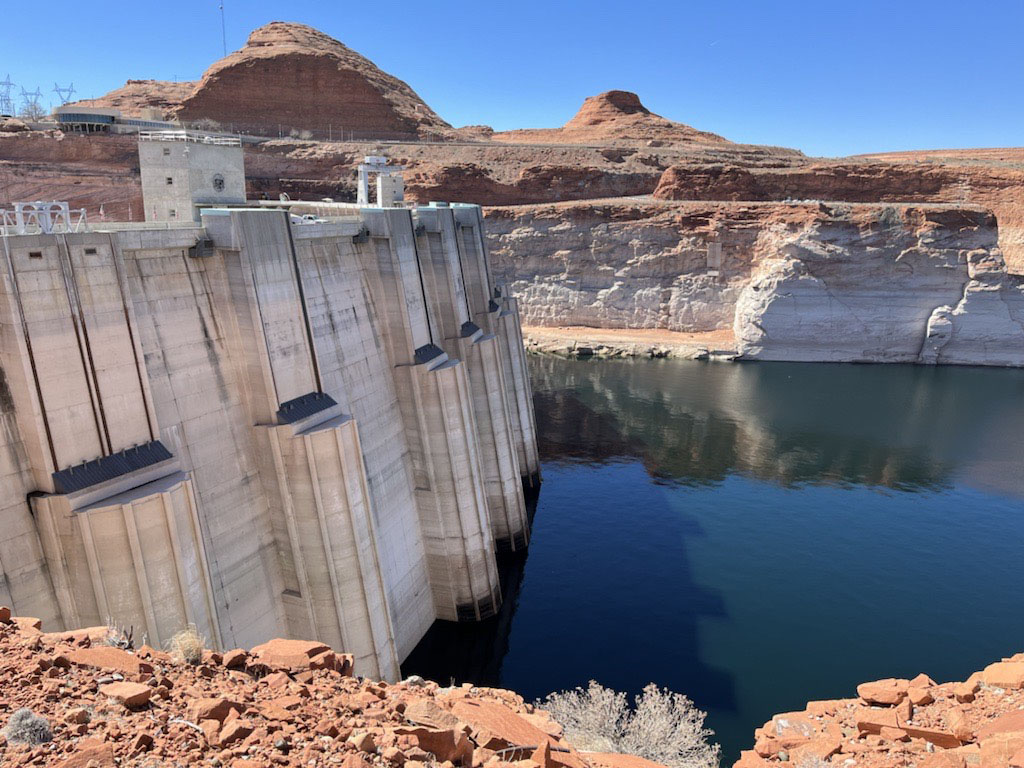News
Endangered Species Day: DWR and other agencies help native species
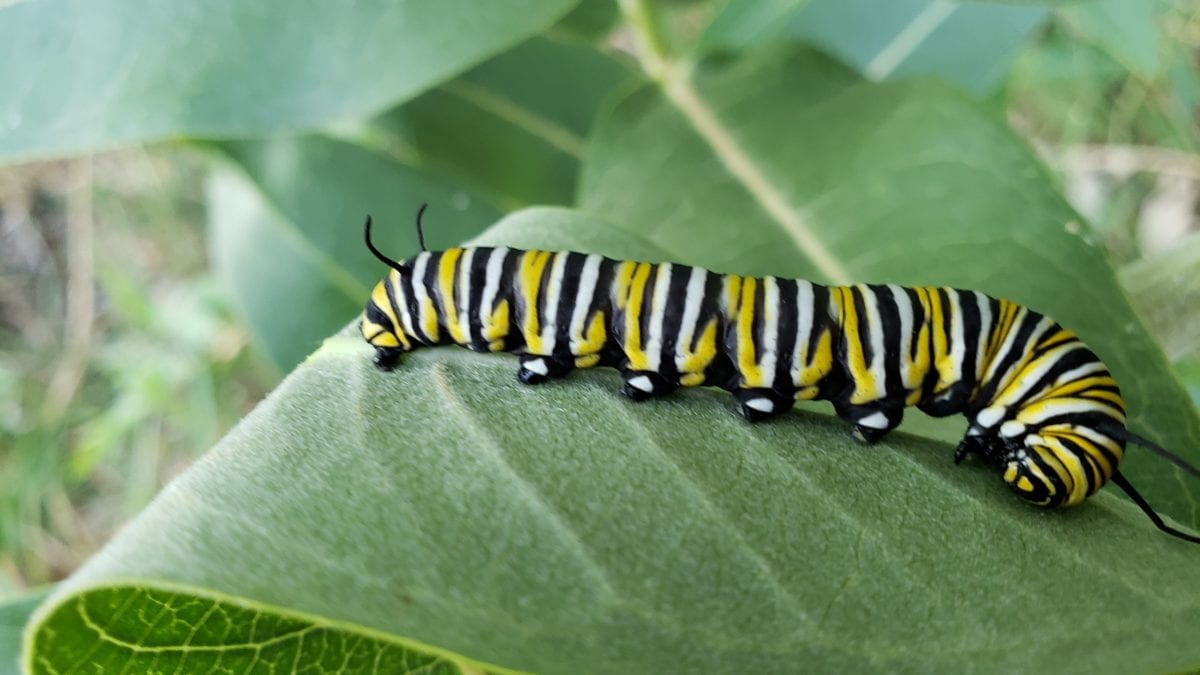
Monarch Butterfly populations have been decreasing since the 1980s. Photo: courtesy DWR.
SALT LAKE CITY, Utah. — Friday, May 21, is Endangered Species Day, making it a great opportunity to learn about some of Utah’s endangered and threatened species and what the Utah Division of Wildlife Resources and others are doing to help them.
There are currently 18 wildlife species in Utah on the federal endangered species list, with 10 listed as endangered and eight listed as threatened. Fortunately, some of those species have made remarkable progress in recent years.
Endangered and threatened species in Utah
An endangered species is any species at serious risk of extinction in a specific area or throughout its natural habitat. A threatened species is any species that is likely to become an endangered species in the foreseeable future throughout much or all of its habitat. A species is classified as a species of greatest conservation need in the Utah Wildlife Action Plan if it is likely to undergo substantial population declines in all or part of its natural region without management intervention.
The U.S. Fish and Wildlife Service determines to add a species to the threatened and endangered species list. The DWR makes the determination to include a species on the Utah Wildlife Action Plan.
Since 2001, DWR and other partners have helped prevent 20 species from being listed as endangered and threatened.
Here is a look at a few of those species:
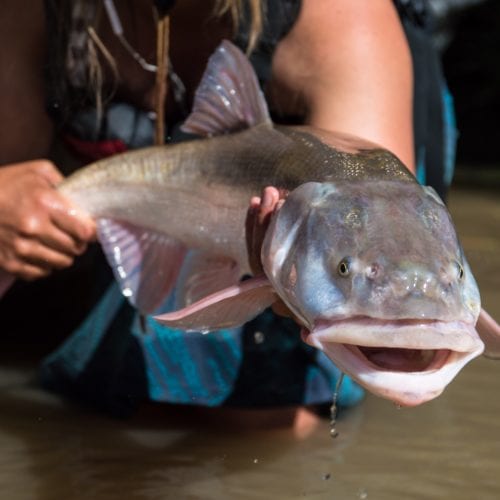
Colorado pikeminnow
The Colorado pikeminnow is a unique fish species that only exist in the Colorado River system upstream of Lake Powell. As their name suggests, this fish species is a true minnow, meaning they have no teeth. And although most people picture a tiny fish when they think of a minnow, pikeminnow can be up to 6 feet long. They are the largest minnow in North America.
Due to their lack of teeth, they swallow their prey whole, and they are the top native predator in the Colorado River Basin. Because much of their life is spent in very dark and silty waters, they have developed the ability to hunt and chase down other fish simply by sensing vibrations in the water.
“These fish migrate hundreds of miles to spawn and were called ‘white salmon’ by early settlers in this area,” DWR Aquatics Section Assistant Chief Paul Badame said. “Holding one of these modern river monsters in your hands gives you a sense that this is an ancient species — and in fact, they have been around longer than the Hawaiian Islands.”
Unfortunately, Colorado pikeminnow were placed on the Endangered Species list in 1967 after installing several dams in the Colorado River system cut off their migration paths and reduced water temperatures, leading to a decline in their population.
Since 1988, a group of state, federal, tribal, and private organizations has partnered to implement the “Upper Colorado River Endangered Fish Recovery Program” to help pikeminnow and several other endangered fish in the area.
“Our recovery actions not only help restore this amazing fish, but they also provide Endangered Species Act compliance for more than 2,500 ongoing water development projects in Utah, Colorado, Wyoming, and New Mexico,” Badame said.
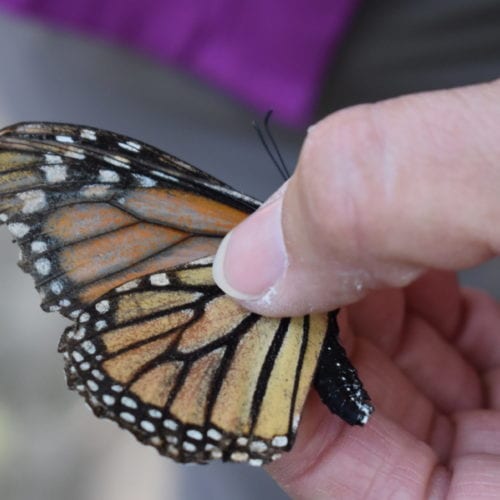
Monarch butterflies
While the DWR doesn’t have regulatory authority for these next two species, it understands that the federal listing of plants and insects could have unwanted consequences associated with the regulatory aspects of the Endangered Species Act and wants to ensure that native plants and insects are on the landscape. DWR is partnering with the Utah State University, the U.S. Forest Service, and other organizations on conservation efforts for these species.
The monarch butterfly is a beautiful butterfly known for its striking orange, black and white wings. Two major monarch populations occupy their native historical range that spans North America. They migrate from their summer breeding areas to their wintering grounds — a massive migration route that includes parts of southern Canada, nearly every state in the U.S., and a corridor of eastern Mexico.
Across these migratory ranges, the butterflies rely on milkweed plants and available nectar resources to fuel their long flights and forests of tall trees in southern Mexico and along the Pacific Coast, where the late-season generation spends the fall and winter months.
In December 2020, the monarch butterfly was designated as a candidate species for listing under the Endangered Species Act due to increasing population declines since the 1980s.
Habitat loss, increased use of herbicides and insecticides, and changes to the climate have contributed to the loss of milkweed plants, which has led to the decline of the monarch population.
“Monarch butterfly adults are important pollinators for many plants, their larvae are a valuable food source for other species, and their presence serves as an indicator of a healthy and vibrant ecosystem,” USU Rare Insect Coordinator Amanda Barth said.
People can help preserve monarch butterflies by providing pesticide-free yards and other areas and by planting regionally native nectar plants and milkweed.
“Participating in local community science programs like the Utah Pollinator Pursuit can help conservationists understand where and how monarchs use habitat and what time of year they are present across Utah,” Barth said. “With a little training and a smartphone app to collect data, people can submit monarch sightings or even adopt a habitat site to monitor for monarch activity. Community engagement is essential to monarch conservation and will also help protect other pollinator species.”
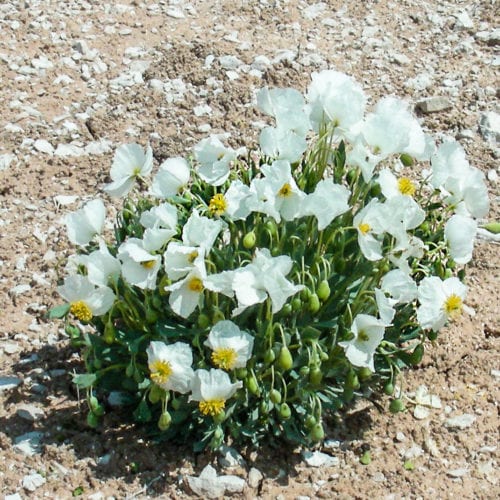
Dwarf bear claw poppy
The dwarf bear claw poppy is a beautiful white desert plant only found in Washington County. This plant was listed under the Endangered Species Act in 1979 due to its narrow distribution and the ongoing threat of habitat loss and disturbance through development, recreation, and other factors.
This unique plant has evolved in the very harsh environment of the Mojave Desert to use a soil type that contains high levels of gypsum, which is the only habitat where it can grow. This soil is fragile, and any disturbances, especially human-caused, tend to destroy the physical and biological structure that supports the plant species.
Due to the fragile nature of the soil that these plants depend on, land managers didn’t want to risk walking through the area and disturbing the ground during monitoring surveys. As a result, U.S. Forest Service and Utah Valley University researchers began monitoring dwarf bear claw poppies using high-precision drones.
“This team of researchers and their use of new technology has become a ‘win-win-win’ situation by providing valuable population estimates for the U.S. Fish and Wildlife Service and land managers, preserving habitat by not disturbing the soil, and monitoring the health of these populations of poppies with repeat imagery in multiple years over much larger areas than would ever be feasible on the ground,” USU Rare Plant Conservation Coordinator Mindy Wheeler said. “This information will enable land managers to craft more precise, realistic, and effective conservation measures for the poppy and its habitat.”

















